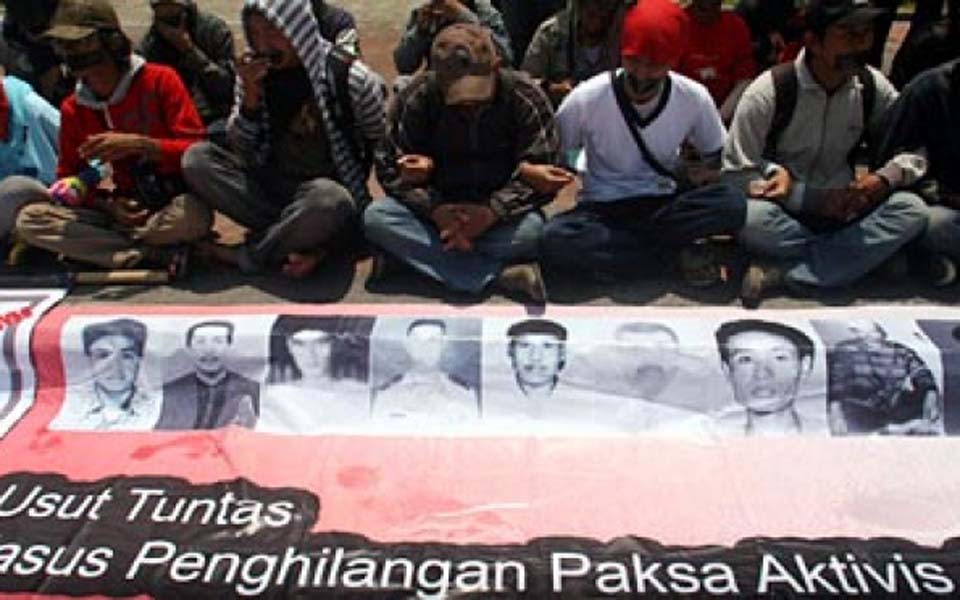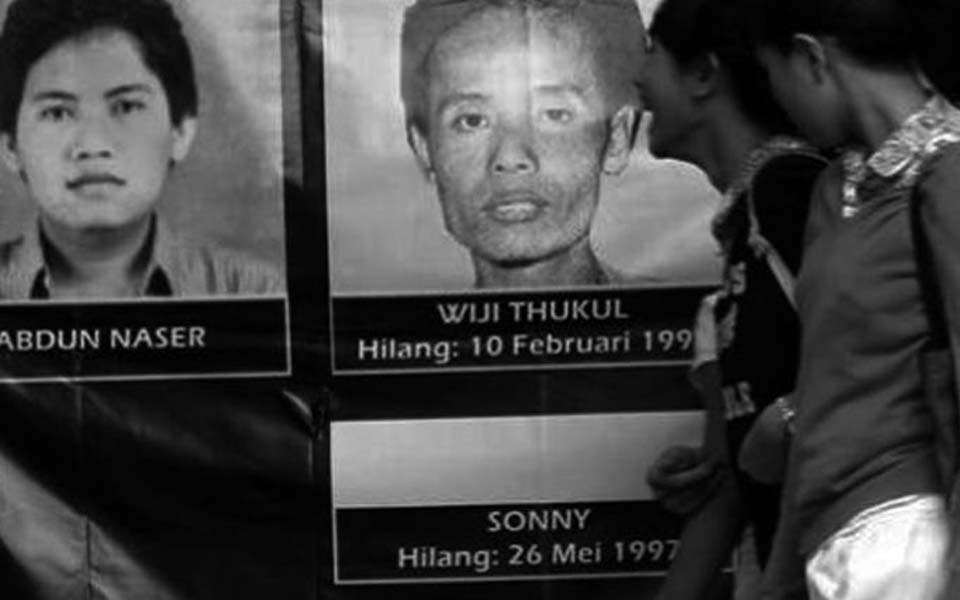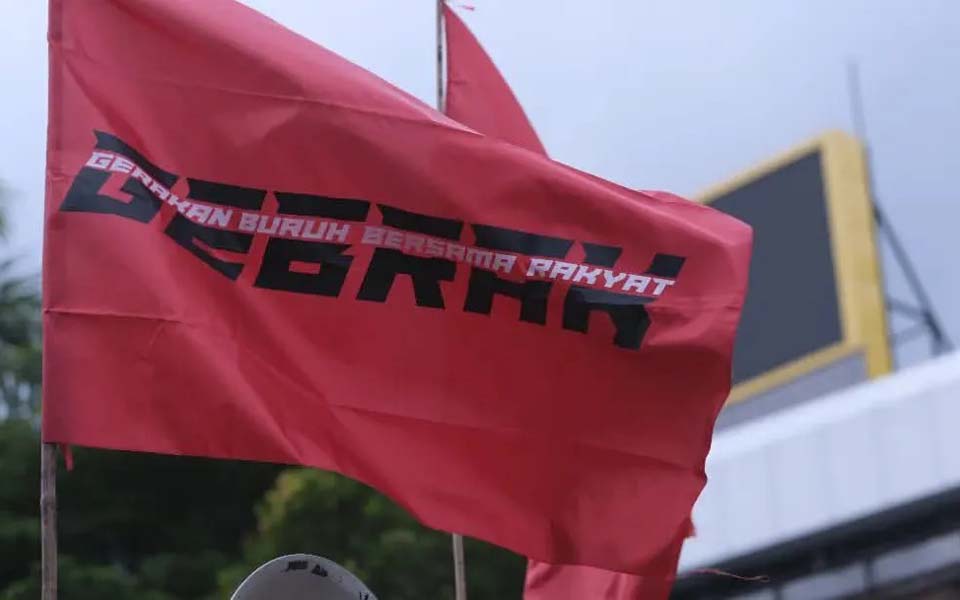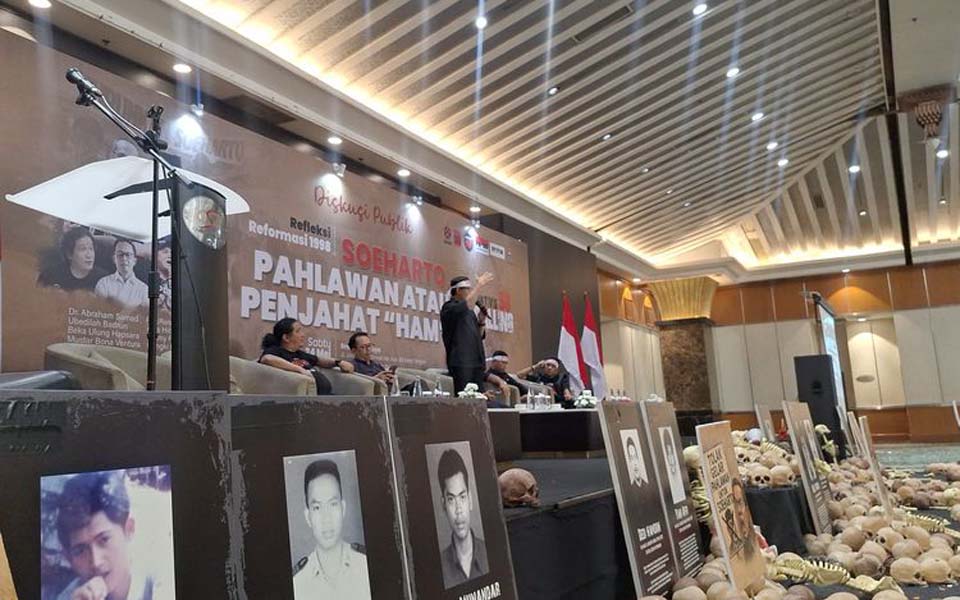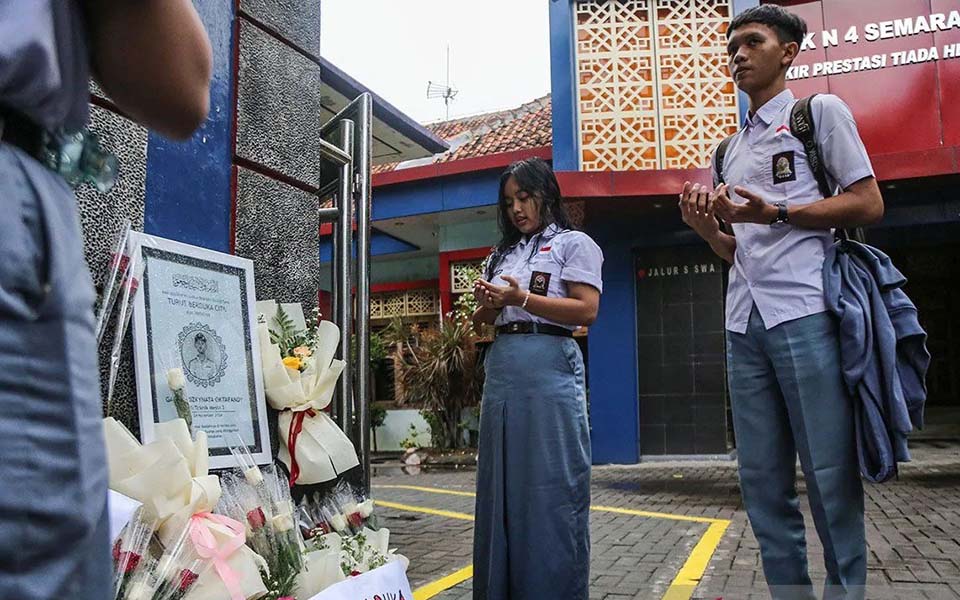Hendrik Khoirul Muhid, S. Dian Andryanto, Jakarta – The realisation of the 1998 reforms did not happen suddenly. Efforts to overthrow the authoritarian New Order regime of President Suharto had to be paid for with gross human rights violations. One of them was the abduction of pro-reform activists between 1997 and 1998.
As quoted from the publication The 1998 Activist Abductions Tragedy in the Lens of Democracy and Human Rights Education (2025), this tragedy was an important event in the history of Indonesia's political transition towards the end of the New Order regime. The incident occurred in the midst the people's demands for reforms which were confronted by a repressive response from the state apparatus.
A number of reformasi movement activists, both from student groups as well as civil society organisations, were the targets of the abductions and violence by parties who tried to maintain the New Order's power. The incident reflects the existence of gross human rights violations, especially the right to be free from threats, torture and persecution.
A total of 23 activists were abducted because they had voiced criticisms of the enforcement of justice and democracy during the era of former president Suharto. Their ideas and thoughts were seen as threats that could hinder the wheels of government. They needed to be secured because they were considered dangerous and were undermining the state.
Out of the 23, nine were released and returned home. One person was found dead, namely Leonardus Gilang Nugroho. Meanwhile the whereabouts of the remaining 13 are unknown, even now after 27 years of reformasi. Most likely they suffered the same fate as Gilang.
Based on documents by Commission for Missing Persons and Victims of Violence (Kontras), the abductions began in 1996 when the general election campaign began to ramp up. At that time, several Indonesian Democratic Party of Struggle (PDI-P) members were abducted without any news. This continued until the abduction of activists from the People's Democratic Party (PRD) and the affialted organisation Indonesian Students Solidarity for Democracy (SMID) over the period 1997 until the May 1998 riots.
Nine abduction victims were returned, namely:
1. Aan Rusdiyanto, who was forcibly taken from the Klender flats in East Jakarta on March 13, 1998.
2. Andi Arief, taken by force in Bandar Lampung, South Sumatra, on March 28, 1998.
3. Desmond Junaedi Mahesa, before being abducted was last seen in Salemba, Central Jakarta on February 3, 1998
4. Faisol Reza, hunted down and arrested at the Cipto Mangunkusumo Hospital (RSCM) in Central Jakarta on March 12, 1998.
5. Haryanto Taslam, hunted down and arrested at the Beautiful Mini Indonesia Park (TMII) entrance gate while driving a car on March 8, 1998.
6. Mugiyanto, taken by force from the Klender flats in East Jakarta on March 13, 1998.
7. Nezar Patria, taken by force from the Klender flats on March 13, 1998.
8. Pius Lustrilanang, before being abducted was last seen at RSCM on February 4, 1998.
9. Raharja Waluya Jati, hunted down and arrested at the RSCM on March 12, 1998.
Meanwhile, the 13 people whose whereabouts are still unknown are:
1. Dedy Umar Hamdun, last seen in Tebet, South Jakarta, on May 29, 1997.
2. Herman Hendrawan, last seen at the Indonesian Legal Aid Foundation (YLBHI) building in Jakarta on March 12, 1998.
3. Hendra Hambali, last seen at the Glodok Plaza in North Jakarta on May 14, 1998.
4. Ismail, last seen in Tebet on May 29, 1997.
5. M Yusuf, last seen in Tebet on May 7, 1997.
6. Noval Al Katiri, last seen in Jakarta on May 29, 1997.
7. Petrus Bima Anugrah, last seen in Grogol, Jakarta on April 1, 1998.
8. Sony, last seen in Kelapa Gading, North Jakarta on April 26, 1997.
9. Suyat, last seen in Solo, Central Java on February 13, 1998.
10. Ucok Munandar Siahaan, last seen in Ciputat, South Tangerang on May 14, 1998.
11. Yadin Muhidin last seen in Sunter Agung, North Jakarta on May 14, 1998.
12. Yani Afri, last seen in Kelapa Gading, North Jakarta on April 26, 1997.
13. Wiji Thukul, last seen in Utan Kayu, East Jakarta. Believed to have been abducted around the end of 1998 or early 1999.
As reported by the April 19, 1999 edition of Tempo Magazine, one of the returned victims, Andi Arief, told of his experience when he was abducted. The PRD activist was taken by a group of sturdy looking men from his family's shop-house in Bandar Lampung on March 28, 1998, and taken to a location with his eyes covered.
"I am sure the place was the Army's Special Forces (Kopassus) Headquarters in Cijantung, East Jakarta", he said.
In that place, for 10 days his eyes were covered with cloth and he was tortured – like the others. During his detention, Arief also met other abduction victims, Herman Hendrawan and Suyat, who are still missing along with 11 others. Arief still managed to recognise one of his kidnappers, Major Bambang Kristiono.
"I recognised him while in detention, the others were wore masks", said the son of a leading figure from the Islamic mass organisation Nahdlatul Ulama (NU).
Kristiono was the founder of the Rose Team (Tim Mawar). The team was estab led by Kopassus, which at the time was under the command of Lieutenant General Prabowo Subianto, now the president of the Republic of Indonesia. Tempo Magazine's 1998 edition titled Mawar Dijerat, Komandan Lolos (Mawar Indicted, Commander Goes Free), wrote that the team had a target of hunting down and arresting activists who were considered radical.
Aside from Kristiono, the Rose Team consisted of 10 people, namely Infantry Captain Fausani Syahrial Multhazar, Infantry Captain Nugroho Sulistyo Budi, Infantry Captain Yulius Selvanus, Infantry Captain Untung Budiarto, Infantry Captain Dadang Hendrayudha, Infantry Captain Joko Budi Utomo, Infantry Captain Fauka Nurfarid, Chief Sergeant Sunaryo, Chief Sergeant Sigit Sugianto and First Sergeant Sukadi.
At a trial held at the Jakarta II-08 High Military Court, Kristiono claimed that the abductions were done based on his own conscience. He claimed to have been moved to do so to secure the national interest. According to Kristiono, the actions of the activists could disrupt national stability.
At that time, the Officers Honorary Council (DKP) also examined Prabowo, Major General Muchdi Purwopranjono. and the commander of the Kopassus Group IV, Colonel Chairawan in connection with the 1998 activist abductions. The DKP examination found that in fact the abductions were carried out on the orders of and with the knowledge of the Kopassus leadership.
In April 1999, the Jakarta II-08 High Military Court sentenced Kristiono to 22 months in prison and dismissed him from the Indonesian military. The court also sentenced Multhazar as deputy commander of the Rose Team. Meanwhile Sulistyo Budi, Selvanus and Budiarto each received 20 months in prison, and were also dismissed from the military.
Meanwhile, Prabowo, who at the time was Suharto's son-in-law, was found guilty and proven to have committed several irregularities and errors, including the abduction of pro-democracy activists in 1998. Based on the decision letter, Prabowo was sentenced to be dismissed from military service.
– Dewi Nurita and Fikri Arigi contributed to the writing of this article.
[Translated by James Balowski. The original title of the article was "27 Tahun Reformasi: Penculikan Aktivis 1998, Siapa yang Belum Kembali?".]





